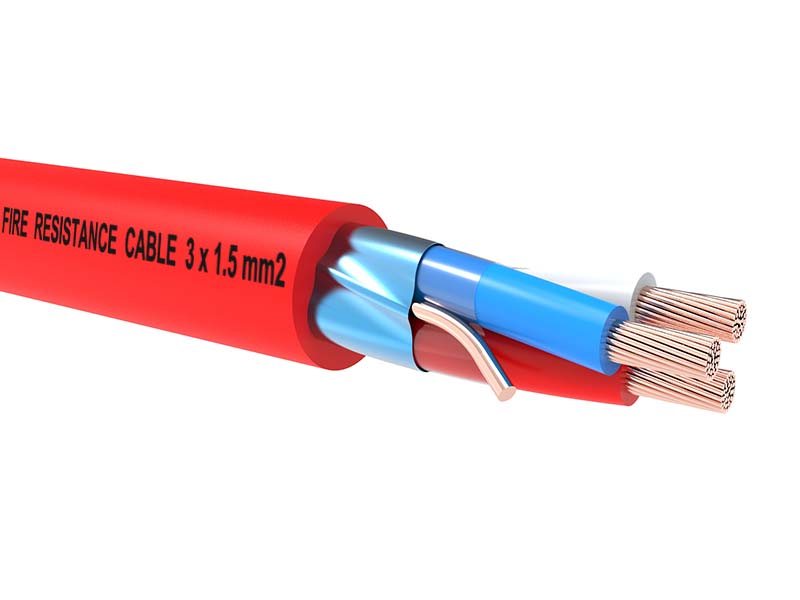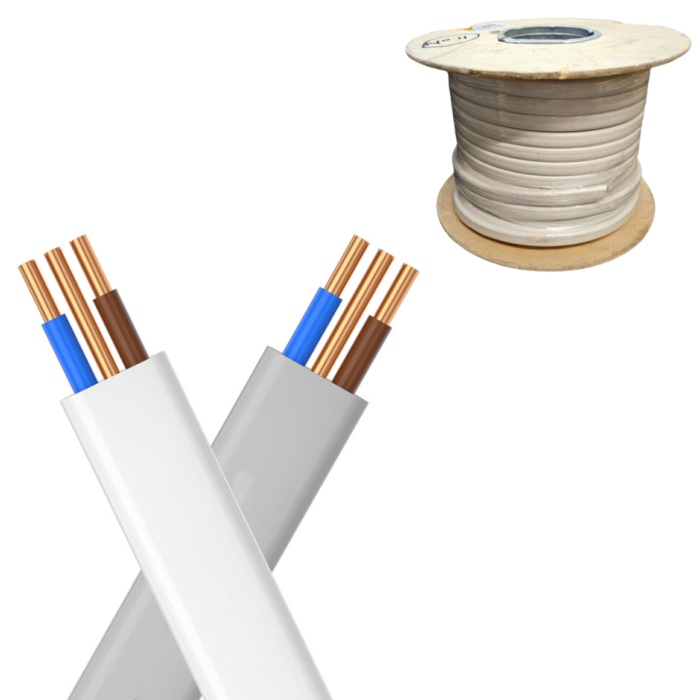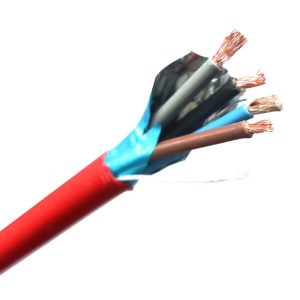In the modern world, safety and sustainability are more important than ever. With growing awareness about the environmental impact of materials used in construction and manufacturing, there’s an increasing demand for products that prioritize human health and ecological well-being. One such product gaining attention is low smoke halogen-free (LSHF) кабель. These cables are not only crucial for reducing the risk of fire-related hazards but also play a significant role in minimizing the emission of harmful gases. This article VERI Cable delves into why low-smoke halogen-free cables are essential, how they work, and the numerous benefits they offer in reducing harmful gases.
Understanding Low Smoke Halogen-Free Cables
What Are Low Smoke Halogen-Free Cables?
Low smoke halogen-free cables, also known as LSHF, LSZH (Утаа багатай галоген), or LSOH (Утаа багатай галоген), are designed to emit minimal smoke and no halogen gases when exposed to fire or high temperatures. Halogens, such as chlorine, fluorine, bromine, and iodine, are commonly found in traditional cable insulation materials. When these cables burn, they release toxic gases and thick smoke, which can be hazardous to both humans and the environment.
Composition of LSHF Cables
LSHF cables are made from materials that do not contain halogens. Instead, they utilize alternative compounds like polyethylene, polypropylene, or other non-halogenated polymers. These materials are engineered to be flame-retardant and to produce less smoke when burned, making them a safer option in environments where fire hazards are a concern.
The Importance of Low Smoke Cable Emission
In the event of a fire, traditional cables made with halogenated materials release dense smoke that can obscure visibility, making it difficult for occupants to evacuate. Түүнээс гадна, the inhalation of smoke laden with toxic halogen gases can cause severe respiratory issues, damage to the lungs, and even death. The reduced smoke emission of LSHF cables significantly lowers these risks, providing crucial extra time for evacuation and reducing the likelihood of smoke inhalation injuries.
How Low Smoke Halogen-Free Cables Reduce Harmful Gases
The Problem with Halogenated Cables
When cables containing halogens catch fire, the chemical reaction releases a variety of harmful gases, including hydrogen chloride, which can combine with water to form hydrochloric acid. This acid is not only corrosive but also highly toxic, posing a severe threat to anyone exposed. Нэмж хэлэхэд, the thick, black smoke produced can spread quickly, carrying toxic particles that can cause long-term health effects if inhaled.
The Solution: Halogen-Free Materials
LSHF cables eliminate these risks by using halogen-free materials in their insulation and sheathing. When exposed to fire, these cables produce significantly less toxic gas. The absence of halogens means that there is no production of hydrochloric acid, thereby reducing the risk of both immediate and long-term health hazards. The smoke that is produced is lighter and less dense, which improves visibility and lowers the risk of smoke inhalation during evacuation.
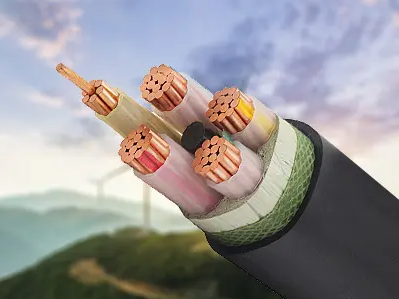
Fire Safety Regulations and Standards
Stringent fire safety regulations and standards across various industries drive the development and use of LSHF cables. Standards such as IEC 60332, IEC 60754, болон IEC 61034 set the benchmarks for fire performance in cables. Compliance with these standards ensures that the cables used in buildings, тээвэрлэлт, and industrial applications meet the highest safety requirements. LSHF cables are designed to meet or exceed these standards, making them a preferred choice for safety-conscious environments.
Benefits of Using Low Smoke Halogen-Free Cables
Enhanced Safety in Enclosed Spaces
In confined environments such as tunnels, submarines, нисэх онгоц, and high-rise buildings, the accumulation of toxic gases and smoke from burning cables can be particularly dangerous. LSHF cables are ideal for these situations because they significantly reduce the volume of harmful gases and smoke produced. This not only protects the people within these spaces but also reduces the potential damage to sensitive electronic equipment that acidic gases can corrode.
Environmental Benefits
Beyond improving fire safety, LSHF cables contribute to environmental protection. Traditional halogenated cables can release pollutants that are harmful to both the air and water systems. When these cables burn, the toxic gases released can settle on surfaces and be washed into water supplies, causing environmental contamination. LSHF cables, нөгөө талаас, are less likely to release harmful pollutants, making them a greener alternative.
Compliance with Green Building Standards
As the demand for sustainable building practices grows, so does the need for materials that meet green building standards. Low smoke halogen-free cables are increasingly recognized as a key component in achieving certifications like LEED (Leadership in Energy and Environmental Design). Their use can contribute to a building’s overall sustainability rating, as they support healthier indoor air quality and reduce the environmental impact of construction materials.
Cost-Effective in the Long Run
While LSHF cables may have a higher initial cost compared to traditional halogenated cables, they can be more cost-effective in the long run. The reduced risk of fire-related damage, lower insurance premiums, and potential avoidance of costly health claims can offset the higher purchase price. Түүнээс гадна, as these cables are more durable and less likely to degrade over time, they may also reduce the need for frequent replacements, leading to long-term savings.
Reducing the Impact on Emergency Responders
Emergency responders, such as firefighters, often have to enter hazardous environments to extinguish fires and rescue occupants. In such situations, the presence of toxic gases and thick smoke from burning cables can make their job more dangerous. LSHF cables help reduce the risks faced by these professionals by limiting the release of harmful substances, making it easier for them to perform their duties safely.
Applications of Low Smoke Halogen-Free Cables
Public Buildings and Infrastructure
LSHF cables are commonly used in public buildings like schools, эмнэлгүүд, and airports, where large numbers of people may be present. These environments require stringent fire safety measures, and the use of LSHF cables helps ensure that evacuation can occur quickly and safely in the event of a fire.
Transportation Industry
In the transportation sector, particularly in trains, метро, and ships, the use of LSHF cables is critical. These vehicles often carry hundreds or thousands of passengers, and a fire on board can be catastrophic. LSHF cables reduce the risk of harmful gas emissions, protecting passengers and crew members from the dangers of toxic smoke.
Industrial and Commercial Settings
In industrial and commercial settings, where large amounts of electrical equipment are in use, the risk of fire can be higher due to the increased electrical load. LSHF cables are often used in these environments to minimize the risk of fire-related hazards and protect both personnel and valuable assets.
Residential Buildings
LSHF cables are also becoming more common in residential buildings, especially in high-density housing areas. The use of these cables can provide an additional layer of safety for residents, reducing the risk of fire-related injuries and deaths.
Future Trends and Innovations in Low Smoke Halogen-Free Cables
Advancements in Materials
Технологи хөгжихийн хэрээр, so does the development of new materials that can further enhance the performance of LSHF cables. Research is ongoing into materials that can offer even better fire resistance, lower smoke production, and improved environmental sustainability. These innovations are likely to lead to the next generation of LSHF cables, which will be even safer and more effective at reducing harmful gases.
Integration with Smart Technologies
The integration of LSHF cables with smart building technologies is another trend on the horizon. As buildings become more interconnected, the demand for cables that can support both safety and data transmission is growing. LSHF cables are well-suited for this role, as they can be used in conjunction with smart systems that monitor and control fire safety measures, further enhancing the overall safety of a building.
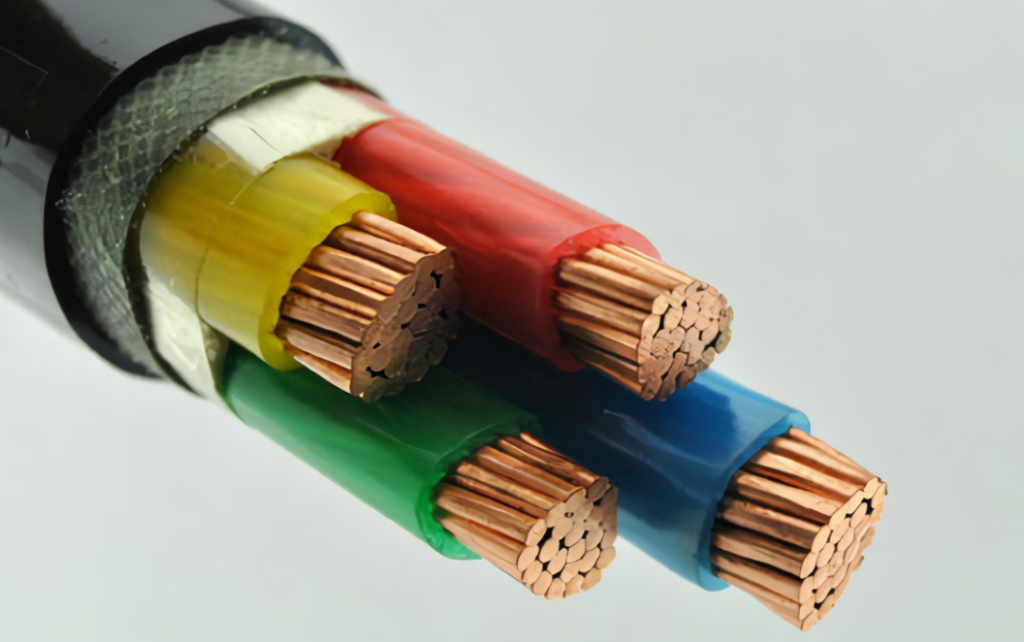
Increasing Regulatory Pressure
As governments and regulatory bodies continue to tighten fire safety and environmental protection standards, the demand for LSHF cables is expected to rise. Companies that fail to comply with these standards may face penalties or restrictions, making LSHF cables an increasingly attractive option for those looking to stay ahead of regulatory changes.
Low smoke halogen-free cables are an essential component in the quest to reduce harmful gas emissions and improve fire safety across various industries. Their ability to minimize the release of toxic gases and smoke makes them a safer choice for enclosed spaces, public buildings, transportation systems, болон бусад. As awareness of the dangers posed by traditional halogenated cables continues to grow, the adoption of LSHF cables is likely to increase, driven by both regulatory pressure and a commitment to safety and sustainability.
By choosing LSHF cables, businesses, and individuals can contribute to a safer and more environmentally friendly future. These cables protect human health and support the broader goals of reducing pollution and preserving the planet for future generations. Whether in public infrastructure, аж үйлдвэрийн хэрэглээ, or residential settings, LSHF cables are a smart investment in safety, sustainability, and long-term cost savings.
